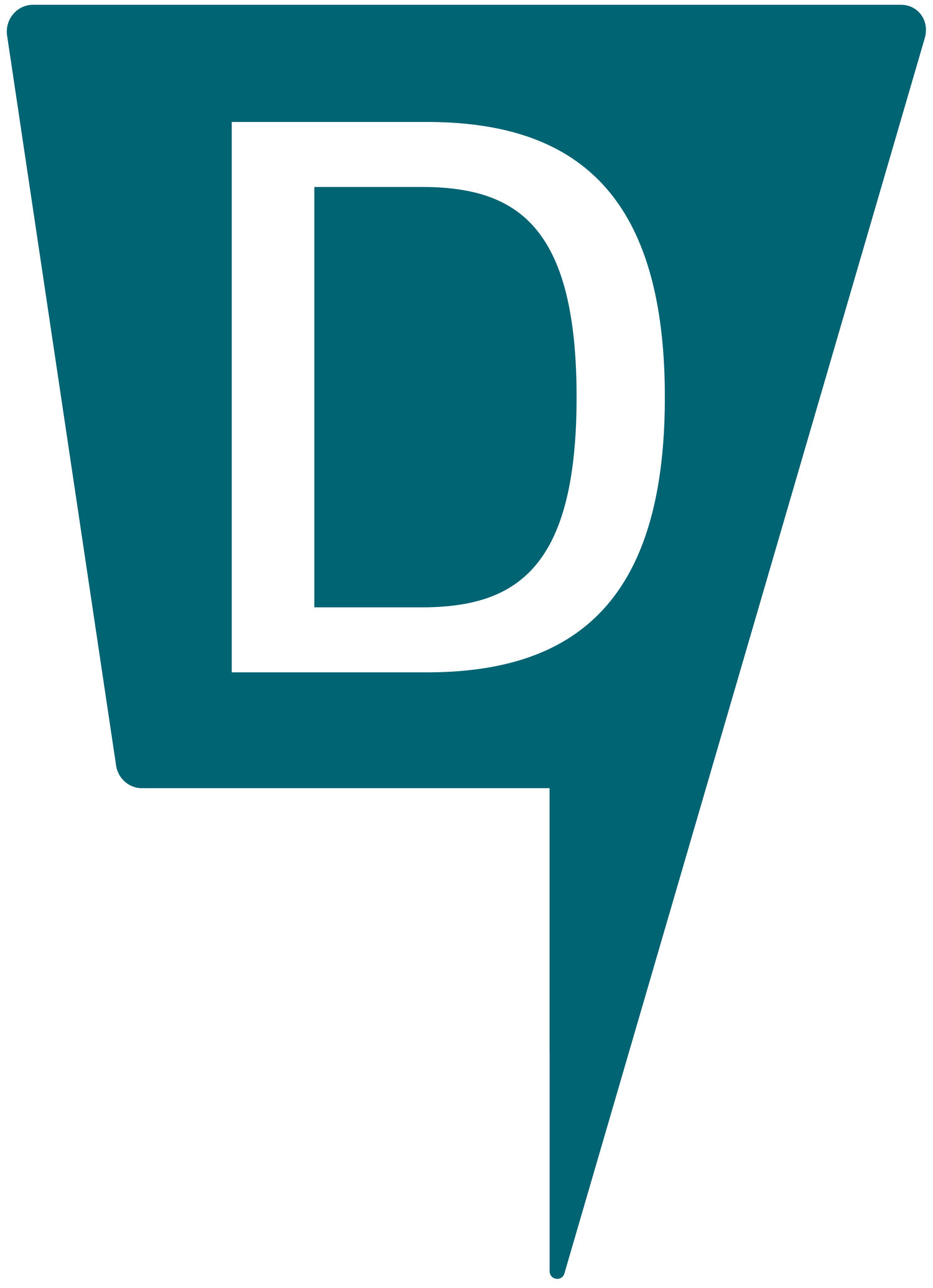“The Perfection Trap”: A Book Review
By Monica Gartman
Book Review: Curran, Thomas. The Perfection Trap: Embracing the Power of Good Enough. Kindle ed., Scribner, 2023.
Back in August, I was driving to work here at the Downtown School and listening to the radio, when I happened to catch an interview with Thomas Curran, author of "The Perfection Trap: Embracing the Power of Good Enough." Curran’s message of self-acceptance and the importance of being vulnerable even in the face of new challenges resonated with me, both as someone transitioning into a new position at a new school, and also as a parent with a child starting college the next month, so I was excited to get my hands on a copy of the book - even if I had to wait until winter break to find the time to read it!
In the book, Curran starts off by defining perfectionism and making a distinction between self-oriented perfectionism (setting high personal standards) versus socially prescribed perfectionism (believing others expect perfection). Throughout the book, Curran uses both research data and anecdotal evidence to provide insight into the causes and consequences of the latter and spells out the many ways that this external pressure can affect an individual, including increased levels of stress, anxiety, and depression, finding it challenging to experience satisfaction or contentment, risk of burnout, procrastinating as a form of avoiding failure, and even impaired relationships.
Curran’s discussion of the rise of perfectionism throughout the past century was particularly interesting to me, especially as a parent and a teacher. Researchers have found evidence of multiple factors that contribute to a personal tendency towards perfectionism, some genetic and others social, but perhaps not surprisingly, in this world of Instafame and perfect Facebook living, there is an epidemic of socially prescribed perfectionism that is feeding on the fears and expectations derived from what we see online:
Social media has finished the job that consumer culture started way back when the supply-side revolution first took hold of our economy…there’s simply no parallel to social media. The platforms lay bare what this economy looks like in its purest form: an unregulated bear pit where users themselves create the glittering content, which algorithms aggregate, and then mirror back on those same users to generate an inescapable insecurity. (132)
It’s the new keeping up with the Joneses, except now the Joneses are more likely to be an AI generated fantasy that you will never catch up to.
Fortunately, Curran does not just leave the reader with a mountain of data about how perfectionism is on the rise and the devastating effects it can have on an individual’s sense of self worth. In the final chapters of the book, the author discusses what we can do to create a space of self-acceptance:
We can break the cycle of perfectionism. But first, we must arm ourselves with the knowledge that enables us to recognize, and then accept, that there are limits to the things we can control. Often, and without warning, our dreams get shattered, and things can pan out in ways we hadn’t planned. The trick is not to sink into a pit of regret…but rather to try and live contentedly inside that unairbrushed reality, knowing that, whatever happens, time still marches onward, and we go on existing. (204)
Going back to the interview that I listened to back in August, I remember thinking about how I had never connected my own tendencies toward procrastination with perfectionism, and given that I am submitting this blog entry late, I cannot say that reading the book has changed my behaviors. What I can say is that I have gained more perspective about the many ways that socially prescribed perfectionism is affecting us all, and in particular our children, along with some new insights into how to reframe conversations with students who are looking for ways to break free from the stress of perfectionism.


